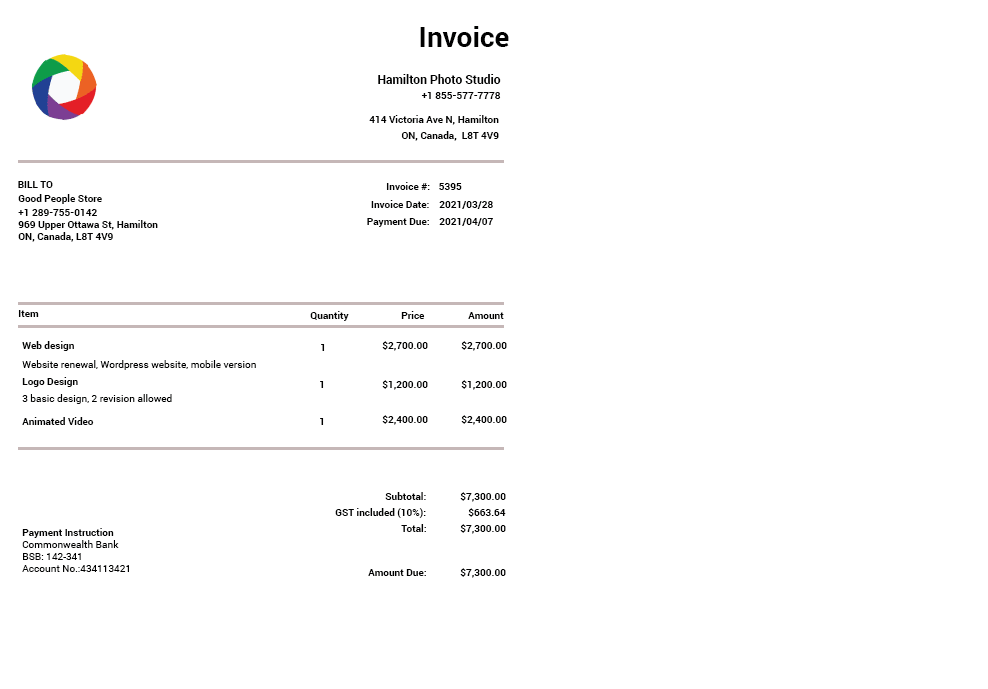Data Set Tagging for Model Training
Data Set Tagging for Model Training
Tagged data makes or breaks ML system
Tagged Data is the core input into the model training process. Providing tags to your training data is the first step in the machine learning development cycle. No matter how many smart developers and ML engineers work on the Machine Learning project they won’t be able to train a machine learning model without properly tagged data. They can build models only as good as DA or SME can tag data.
If you show a child an apple and say its an orange, the next time the child sees an apple, it is very likely that he classifies it as an orange. Machine learning model learns in a similar way by looking at examples and the result of the model depends on the tags we feed in during its training. To train a machine learning model you should provide representative data samples that you want to classify or extract and a machine learning algorithm will handle each of these samples. For example, to train a model to differentiate invoices from other documents, you must tag documents like invoices, debit notes, bank statements, etc. in a dataset. To train a model that can identify the names of companies in business documents, you must highlight company names words in the document dataset.
What is Data Annotation
Data Annotation is the process of tagging data with metadata in preparation for training a machine learning model. It is an essential step in a supervised machine learning task. Meaningful tags added to the raw data provide necessary context for the machine learning model to learn from. For example, tags might indicate whether a text file belongs to an invoice or a debit note, what business information in a text is relevant for recognition and extraction.
Customer’s documents mostly represent a lot of untagged unstructured raw data which is incomprehensible to machine learning systems. Here is an example of some raw text data that can be used to train an information extractor.
Here is an example of some raw text data that can be used to train an information extractor.
In order to prepare input data for training an information extraction model we can employ named entity recognition method to annotate the text. Through this method, relevant words or phrases are tagged according to their meaning. These tags are sourced from a classification system that can stretch to multiple groups, depending on the level of detail requested by the customer.
Efficient Data Annotation with EasyRPA
The majority of machine learning models that are created today require a human to manually tag data so that the model could learn how to make correct decisions. Manual tagging can be tedious and time-consuming. EasyRPA enables users to perform not only manual data annotation but also provides tools for an efficient model-assisted data annotation to overcome this challenge. In this process, a machine learning model that has already been trained on a part of your raw data that has been tagged by humans, is used to automatically apply tags to other subsets of your raw data. The output is passed to humans to review and correct the tagging.
The techniques that EasyRPA provides ensure efficient and accurate data tagging which significantly reduces time and effort required for data analysts to prepare tagged data for model training.
Some of these techniques include:
- human task types can be configured to fit customer’s data structure and requirements.
- classification and information extraction tools are customizable to enable data analysts and SMEs to tag text strings and documents.
- human task interfaces are intuitive which minimizes cognitive load for workers.
- the quality of tagged data can be audited, the accuracy of tags can be verified and the tags can be edited as necessary.
- model-assisted data annotation to makes data tagging more efficient by using machine learning models to tag data automatically.


